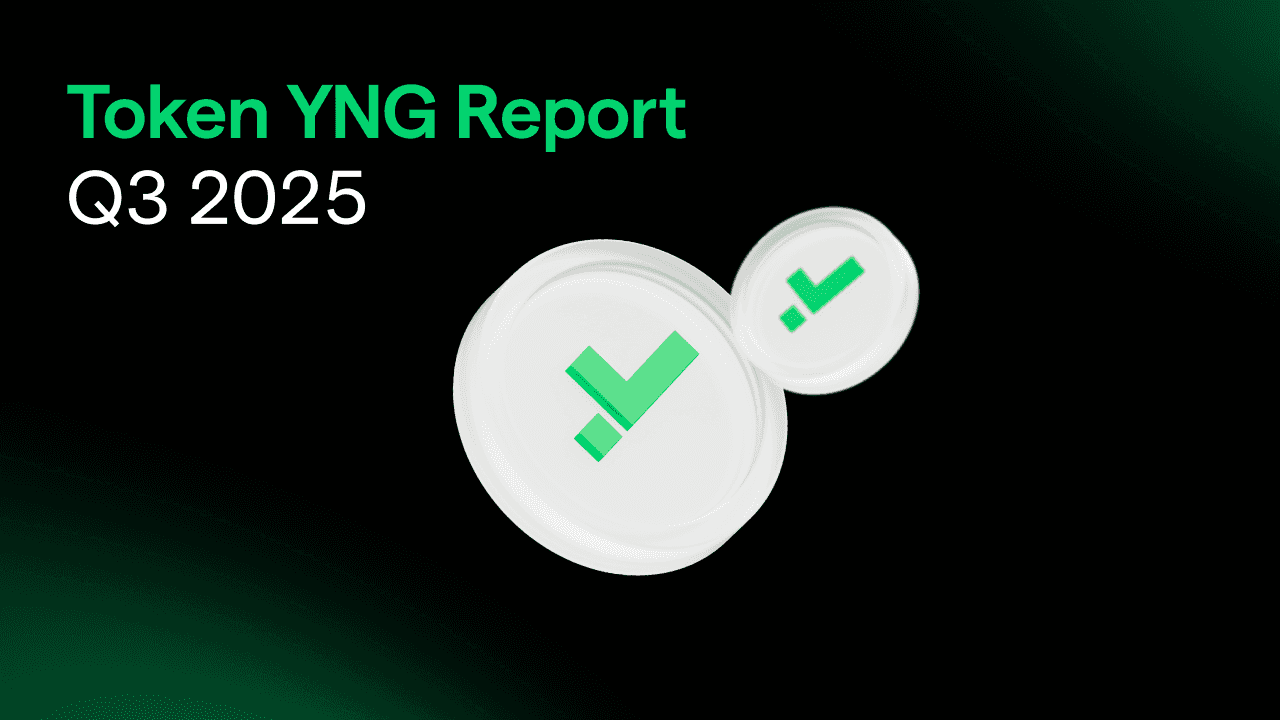
It’s a common misconception that you must constantly follow the markets to invest. Discover the five most prevalent myths about investing.
What are the common myths about active market investors? Many misconceptions exist, much like the popular beliefs that wholemeal bread has fewer calories than regular bread, that eating carbohydrates in the evening causes weight gain, and that dogs perceive the world in black and white. These false myths permeate our daily lives until we accidentally uncover the truth, often by reading a revealing article like this one. When it comes to finances, these myths can resemble urban legends. So, what are some of the most prevalent misconceptions in the world of investments?
In this article, we will examine various myths, including the unrealistic time horizons that young investors often believe they have, as well as the paradox of the over-informed investor who ultimately harms themselves.
The CAP is the best way to invest.
What? We started with a cannonball, huh? Is this a myth? Hold on, don’t run away; I’ll explain. The CAP, or Capital Accumulation Plan, is undoubtedly a great way to build wealth, especially if you don’t have large sums of money available or if the idea of investing everything at once makes you anxious.
Regularly setting aside a small amount of money not only reduces the risk of entering the market at the wrong time, but it also helps you develop self-discipline—much like a Tibetan monk—especially when you use automatic deposits. Plus, let’s be honest: it lessens the emotional toll of experiencing the market’s ups and downs.
However, there is always a caveat: this approach is not the most mathematically efficient way to invest. Statistically, putting all your capital into a single, bold solution (PIC) offers higher returns. Why is that? It’s simple: all your capital works for you immediately, allowing you to fully benefit from the power of compound interest from day one. Additionally, since markets tend to rise over the long term, the likelihood of buying an asset at a lower price today is generally higher than it will be tomorrow or the day after.
The effectiveness of a Premium Allocation Contract (PAC) in managing purchase prices during bearish market phases is somewhat limited, particularly if the portfolio is still in its growth phase. Initially, payments into a PAC are more likely to influence the average price positively, but this effectiveness tends to decrease as the portfolio matures.
That said, I want to emphasise that a PAC remains a strong investment option while also providing a savings mechanism. For many investors—likely the majority—it is the best solution available. Although it may not be the most efficient option in absolute terms, the peace of mind it offers can often outweigh the benefits of marginal gains.
More risk means more return.
This may sound controversial, almost like a challenge to the popular saying “no pain, no gain.” How can the concept of balancing risk and return be deemed a myth?
To clarify this, we need to explore the physical and statistical idea of ergodicity. In simple terms, a system is considered ergodic if, over the long run, the time average of a single path equals the average across all possible paths. If this sounds confusing, you’re not alone.
Let’s use a more relatable example. Imagine your favourite motorcyclist, who is exceptionally talented and often finishes on the podium. However, he rides recklessly—he brakes at the last moment and performs wheelies in corners, which leads to frequent crashes and injuries. For simplicity, let’s say he has a 20% chance of winning each race but also faces a 20% chance of getting seriously injured and missing the rest of the championship. What are his chances of winning in a 10-race championship?
Intuition might suggest that with a 20% chance of winning each race, our hero could expect to win about 2 out of 10 races. This seems logical. However, the situation is more complicated than it appears. The high risk of injury is a significant factor to consider. Supposef our daring competitor suffers a serious injury—there’s a 20% chance of this in every race—his dreams of glory could come to a swift end. An injury would prevent him from participating in the rest of the championship, effectively eliminating his chances of overall victory. He could win two races and then spend the remainder of the season watching from the sidelines, perhaps with a leg in a cast.
Non-ergodicity is a crucial concept to understand in this context. It emphasises that a person’s skill is closely linked to their willingness to take risks, which can sometimes lead to “ruin”—especially in sports. Similarly, in investments, taking high risks, even with the potential for significant returns, can result in the investor’s downfall and render historical averages irrelevant. In non-ergodic situations, the focus shifts from maximising yields to ensuring survival. To reduce these serious risks, diversification is essential; it helps lower the chances of facing losses from which one might never recover.
To invest, one must be informed
It may surprise you, but sometimes an investor who is blissfully unaware of market happenings—meaning they choose to ignore the noise—can be more effective. Yes, you read that correctly. This is because those overwhelmed with information, charts, opinions, and alarmist tweets are more likely to make impulsive decisions.
Additionally, investors who see themselves as the next Warren Buffett—always well-informed and on top of everything—might be tempted to experiment. They may use complex financial instruments that seem straight out of a science fiction movie, buy ‘exotic’ assets, or develop strategies so intricate they would challenge a NASA engineer. The outcome? Often, they take on more risk and lose control. Sometimes, the overly informed investor ends up like a cook who ruins an otherwise good dish by adding too many ‘special’ spices.
Young people have a long-term horizon.
More than just a common misconception, we are facing a logical fallacy—a classic error in perspective. Many people believe that young individuals have decades ahead of them to invest: twenty years, twenty-five, thirty… it feels like an eternity! This mindset stems from thinking of ourselves as if we are playing a video game, to maximise our final score, which in this case means accumulating capital for retirement.
However, the reality is quite different. Suppose you are young and take a moment to reflect. In that case, you may realise that the money you plan to invest might be needed long before you reach your golden years—if those years even include a pension, given the uncertainties around social security. You may need that money for a down payment on a house, a wedding, an expensive master’s degree, or that dream trip you’ve always wanted. In short, sooner or later, you will enjoy—or need—to use that money.
Investing exclusively in equities simply because “there’s still time” is similar to preparing for a marathon by consuming only sweets. It’s essential to include a mix of assets with varying risk and return profiles in addition to stocks, as these may take time to generate positive results. For example, consider incorporating bonds or bond ETFs, as well as cryptocurrencies or commodities, to diversify your investment portfolio.
The global ETF is the holy grail that faithfully replicates the world economy
We arrive at a fundamental principle for forum investors known as ‘VWCE & Chill’ (or its global equivalent). This philosophy resembles a way of life, almost akin to a religion, complete with excommunications for those who dare to stray from the established path of the global index. Many investors adopt this nearly blind faith approach, overlooking the true nature of their investment choices.
It’s crucial to understand that the stock market does not comprehensively represent the entire world economy. Instead, it only reflects a large subset of companies that choose—and are able—to go public. In the United States, financial culture and demand for the stock market are so ingrained that a significant number of large companies are publicly listed. In contrast, many successful companies in Europe and other parts of the world opt to remain private, choosing alternative forms of financing. Consequently, a global equity ETF, no matter how diversified, may overlook essential segments of the real economy.
How can we exclude the crypto world from this discussion? Bitcoin, in particular, has become a focal point in recent years due to its relatively predictable growth, which results from the cyclical nature of its price movements. It has created fortunes for many investors and has become one of the most popular assets globally, thanks in part to exchange-traded funds (ETFs) issued by major American investment firms. Often referred to as “digital gold,” Bitcoin serves as a crucial haven asset in today’s financial landscape.
Bitcoin’s mathematically finite supply and decentralised nature position it as a safeguard against unregulated monetary policies and missteps by central banks. In the context of soaring U.S. government debt and ongoing turmoil that erodes confidence in traditional currencies, Bitcoin is not merely an alternative; it is a resilient solution and a strategic store of value. Thus, it becomes an essential component of conscious asset diversification, helping to protect against the evident and increasing vulnerabilities of the traditional financial system.Bitcoin’s volatility is undeniable, but it is also a hallmark of a revolutionary asset class that is still working towards global acceptance. Ignoring Bitcoin in today’s financial climate would be akin to repeating the mistake of those who underestimated the internet’s potential in its early days.




